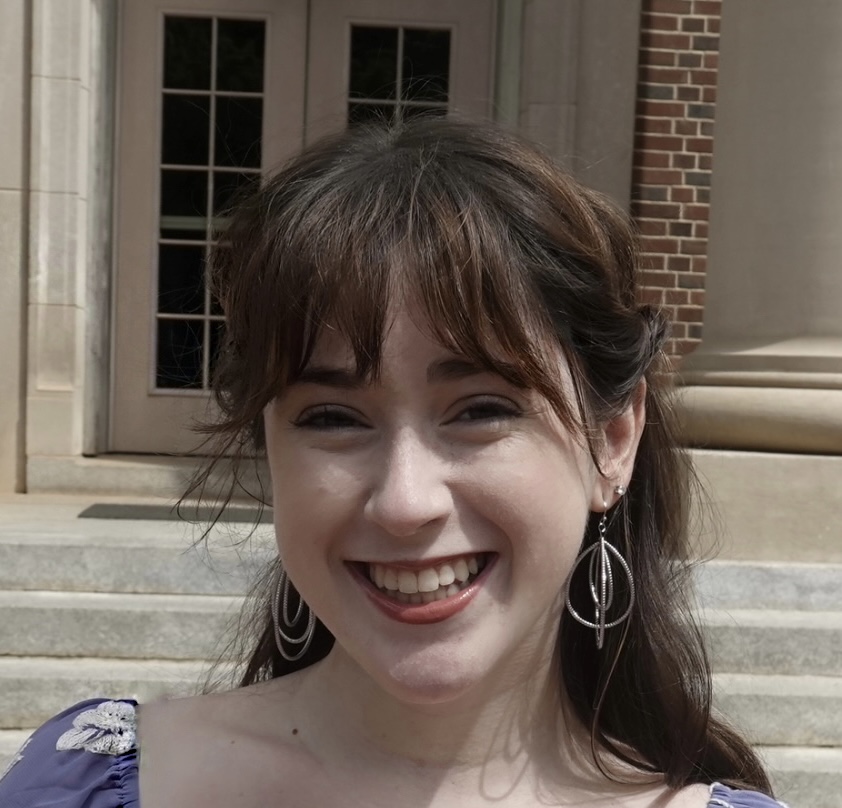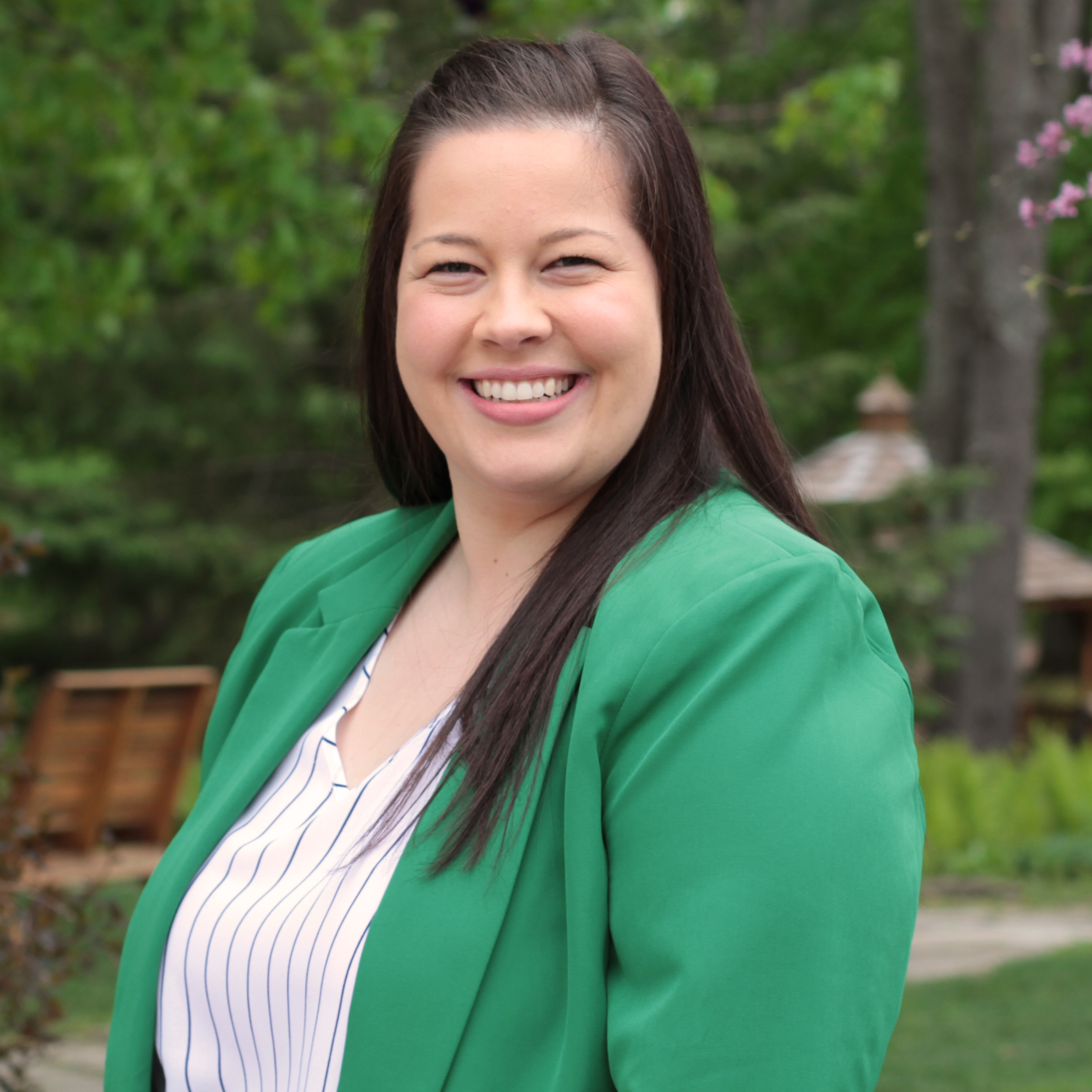Obsessive Compulsive and Related Disorders
Accuracy, reach, and content quality of information about obsessive-compulsive disorder on TikTok
(PS2-90) Accuracy, Reach, and Content Quality of Information About Obsessive-compulsive Disorder on Tiktok

Jessica S. Cheng, B.A.
Research Coordinator
Baylor College of Medicine
Houston, Texas, United States
Gianna Colombo, B.S.
Research Coordinator I
Baylor College of Medicine
Houston, Texas, United States- MD
Megan M. Dailey, B.S., B.A.
Research Coordinator I
Baylor College of Medicine
Davidson, North Carolina, United States 
Caitlin M. Pinciotti, Ph.D. (she/her/hers)
Assistant Professor
Baylor College of Medicine
Houston, Texas, United States- AW
Andrew D. Wiese, Ph.D.
Assistant Professor
Baylor College of Medicine
Houston, Texas, United States - AT
Allie N. Townsend, Psy.D.
Assistant Professor
Baylor College of Medicine
Houston, Texas, United States - HP
Haoran C. Peng, B.S.
Student
Johns Hopkins University
Baltimore, Maryland, United States - ES
Eric A. Storch, Ph.D.
Professor and Vice Chair of Psychology
Baylor College of Medicine
Houston, Texas, United States
Author(s)
Co-Author(s)
Social media has become a platform for sharing mental health information. Content about obsessive-compulsive disorder (OCD) is a popular topic on TikTok. This study aims to analyze the top 50 most popular informational videos about OCD for their accuracy, reach, and content quality.
Using a new account, TikTok was queried for “#OCD” on 11/12/2023 with results displayed based on descending levels of popularity. The top 50 videos that met the following criteria were included: 1) English, 2) designed to advance claims on OCD in general, 3) with human audio or text, 4) not commercial or for entertainment, and 5) not designed to describe personal experience. Two coders categorized each video as “accurate,” “overgeneralizing,” or “inaccurate” and scored each video on understandability and actionability using a modified version of the Patient Education Materials Assessment Tool for Audiovisual Materials. Discrepancies were resolved by a third coder. Interrater agreement is moderate on video accuracy (Cohen’s κ = 0.57, p < .001) and high on understandability (r = 0.80, p < .001) and actionability (r = 0.85, p < .001). In addition, descriptive information regarding the videos was collected on 01/23/2024.
Of the 50 videos, there were 35 accurate (70.0%), 9 overgeneralizing (18.0%), and 6 inaccurate videos (12.0%). They were created by 16 people with lived OCD experience (32.0%), 11 healthcare professionals (HCP) (22.0%), and 23 “other”, including OCD advocates, relatives of individuals with OCD, etc. (46.0%). Nearly all (90.9%) of the videos created by HCP were accurate (n = 10) and 1 was inaccurate (9.1%); 75.0% of videos created by people with lived OCD experience were accurate (n = 12), 3 were overgeneralizing (18.8%), and 1 was inaccurate (6.3%); 56.5% of videos created by “other” were accurate (n = 13), 6 were overgeneralizing (26.1%), and 4 were inaccurate (17.4%). However, X2 difference tests found that these differences were not statistically significant. In all, the number of likes ranged from 40 to 1,400,000 (M = 193,373.9, SD = 337,628.5), the number of shares ranged from 1 to 21,400 (M = 1,911.9, SD = 3,898.1), the number of comments ranged from 0 to 13,200 (M = 1,857.8, SD = 3,248.1), and the number of views ranged from 1,465 to 10,800,000 (M = 1,719,337.2, SD = 2,625,678.5). However, multivariate analysis of variance found that likes, shares, comments, and views did not significantly differ across accurate, overgeneralizing, and inaccurate videos. Overall, the average understandability score is 78.5% (SD = 12.4%, range = 57.1 – 100%) and the average actionability score is 14.3% (SD = 29.5%, range = 0 – 100%), though understandability and actionability did not differ across accurate, overgeneralizing, and inaccurate videos nor by content creator.
Informational videos about OCD on TikTok were generally accurate although a significant proportion contained overgeneralizing and inaccurate information. These videos are generally understandable but not highly actionable. When approaching treatment with patients who engage social media, it is important for clinicians to be aware of the OCD-related content being shared on TikTok and its potential impact on clinical care. Further research needs to be done to more deeply understand online information on OCD.

.png)
